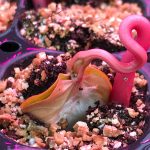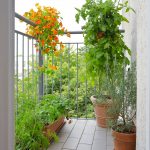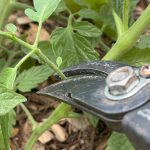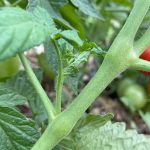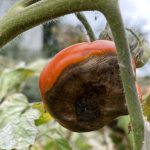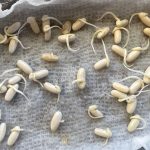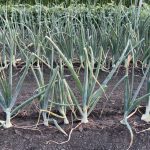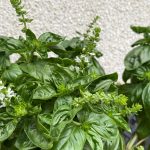The Complete Guide to Growing and Enjoying Beets
Beets have been a staple in cultures around the world for centuries.
Known for their delicious flavour and numerous health benefits, these versatile vegetables are a must-have in any garden.
Whether you’re a seasoned gardener or a beginner, growing beets is easy and rewarding.
In this blog post, we’ll cover everything you need to know about growing and enjoying beets, from the health benefits of beets to planting tips and companion growing beets with other vegetables.
So get ready to dig in and learn about one of the most nutritious and delicious vegetables out there!
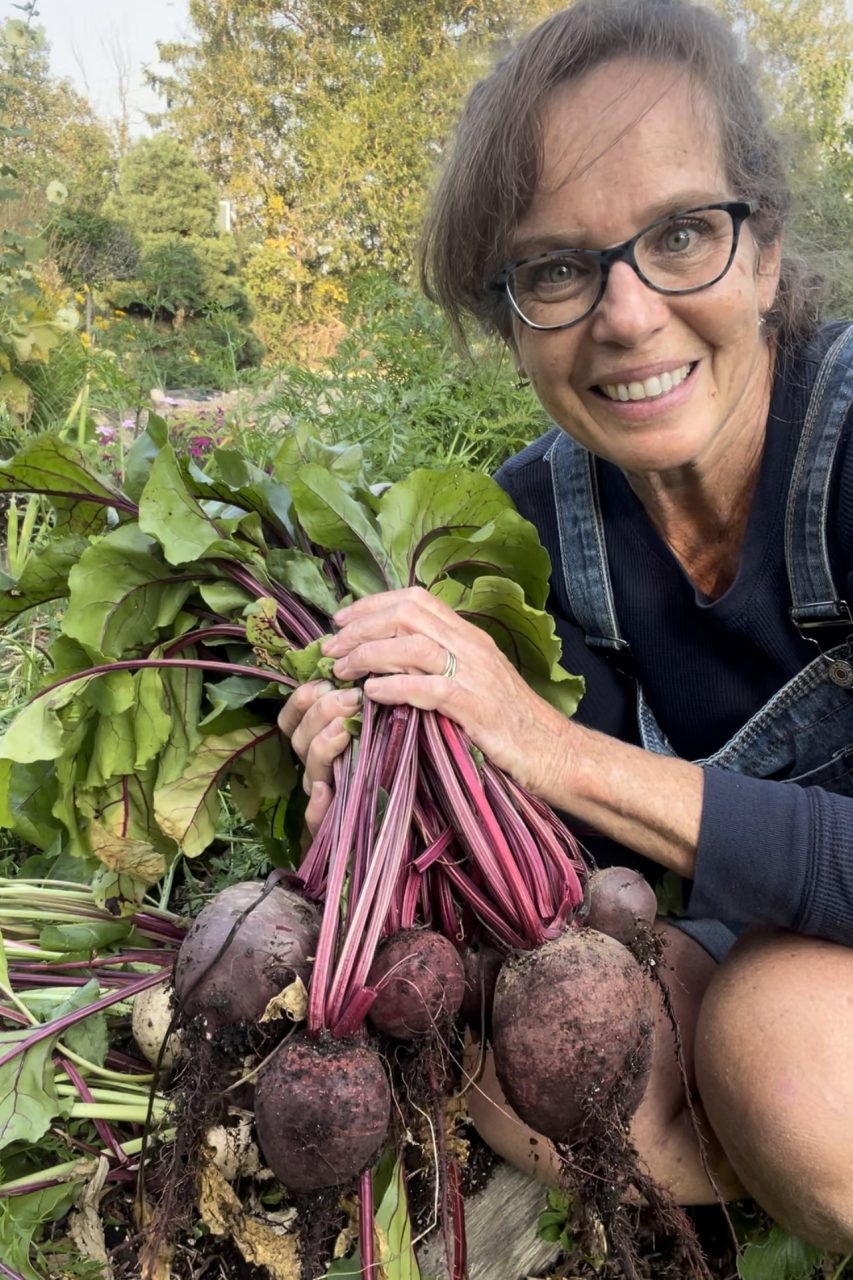
The Health Benefits of Beets

Beets are an adaptable and nutrient-packed vegetable that deserves a place in every garden and kitchen. With their vibrant hues and earthy flavours, all parts of the beet plant are edible.
Beets contribute to a healthy lifestyle as a low-calorie vegetable rich in essential vitamins and minerals including manganese, potassium, vitamin C, and vitamin A (beta carotene).
Beets also contain folate, crucial in cell division and DNA synthesis, making it fundamental for overall growth and development.
Furthermore, beets are known for their high fibre content. Fibre is necessary to a balanced diet, aiding digestion, promoting satiety, and supporting a healthy weight. Fibre-rich foods like beets can also help regulate blood sugar levels and improve overall gut health.
Notably, beets also contain a unique group of bioactive compounds called betalains. These water soluble pigment compounds are responsible for the vibrant red colour of beets and possess potent antioxidant and anti-inflammatory properties, which can help reduce oxidative stress and inflammation in the body.
Regular consumption of beets or beet juice may positively affect blood pressure regulation.
Whether roasted, steamed, juiced, or grated in salads, there are countless ways to enjoy the nutritional goodness of beets.
So, let’s explore how to grow this versatile root vegetable!

Want the inside scoop on more gardening tips? Get early access to all my blogs and exclusive content by signing up for my newsletter!
The Best Location for Growing Beets

When it comes to beets, they are relatively easy to grow, making them an ideal choice for both experienced gardeners and beginners.
Beets prefer well-drained, loamy or sandy soils rich in organic matter with a pH between 6.0 and 7.5.
Beets thrive in full sun but can also tolerate partial sun. Aim for at least 6 hours of sunlight daily for optimal growth; beets will not succeed in shady conditions.
Beets grow well in pots, raised beds, planters, and the ground if their soil requirements are met.
When to Plant Beets

When it comes to planting beets, timing is key.
Seed beets in early spring, once the soil in the garden can be worked. For most zone 3-4 gardens, beets can be sown during the 2nd and 3rd week of May because beets are cool-season crops that thrive in temperatures between 10- 21 C (50-70 F).
The optimal temperature for beet seed germination is 10-29 C (50-84 F). The minimum temperature at which they will germinate is 4 C (39 F).
Beet germination occurs in 7-10 days.
Related: What are Plant Hardiness Zones and How Do They Work?
How to Plant Beets
With a bit of attention to soil preparation, seeding, watering, and spacing, you can enjoy a bountiful harvest of these nutritious roots.
1. Prepare the Soil for Seeding Beets

Before planting, prepare the soil by removing any weeds or debris and incorporating organic compost if it hadn’t been done in the fall.
Beets grow best in soft soil that is loose to a depth of about 6 to 8 inches (15 to 20 cm).
Add organic matter like compost or well-rotted manure to improve drainage and fertility if your soil is heavy or clay-like.
2. How to Sow Beet Seeds

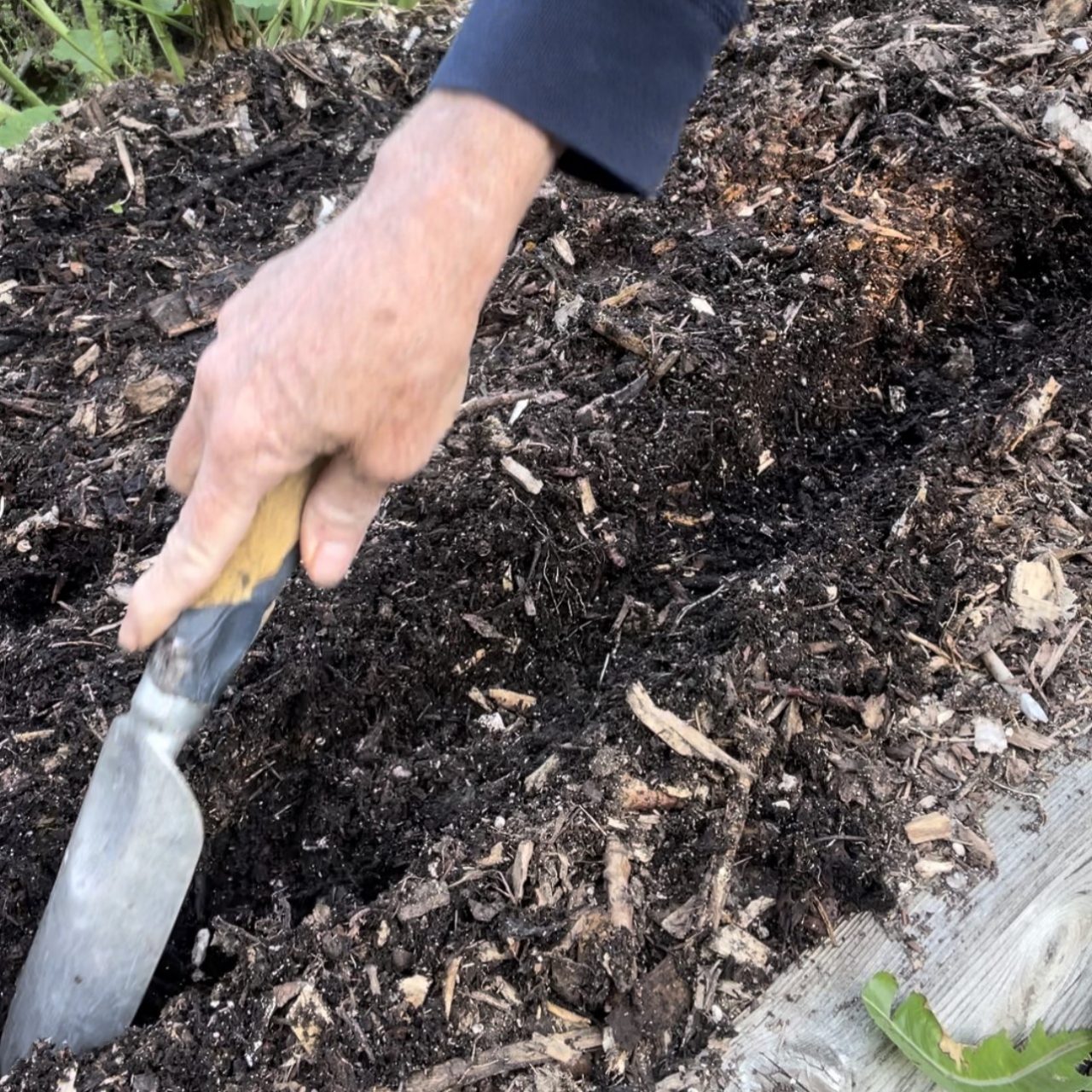

Beet seeds grow best sown directly into the garden as they do not transplant well.
Make straight furrows 2.5-5 cm (1-2″) deep, or prepare a square foot grid using something as simple as a muffin tin to mark the seeding locations.

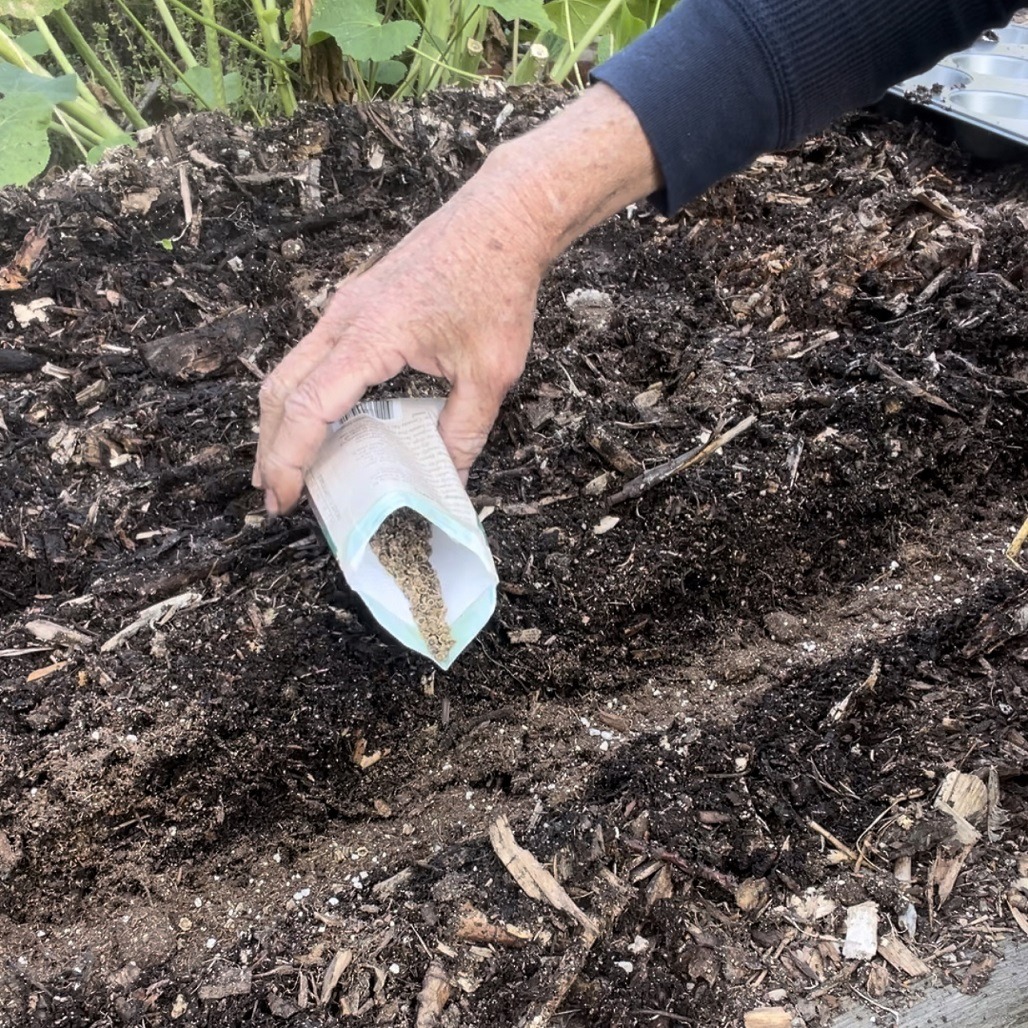
I like to add some organic seeding mix to the bottom of my furrows before seeding because it makes it easier for the microscopic root hairs to grow.
Sow the seeds about 1.3 cm (1/2″) deep and 2.5 cm (1″) apart. Avoid seeding too thickly because each wrinkly beet seed pod contains 2-4 seeds.

Cover the newly sown seeds with Vermiculite or light potting soil and water the seeds in well. I prefer to use Vermiculite because of its outstanding water holding capacity.
Keep the seeds evenly moist, not allowing the soil to dry or crust over, which makes it difficult for them to poke through once they’ve germinated.
Try covering the seed row with newspaper to help retain moisture and remove it once the seeds germinate in 7-10 days.
Beets can be sown successively every 2 weeks during the coolest weeks of spring.
Fall seeding is not recommended for zone 3-4 gardens as beets compete poorly with weeds and will bolt if the soil temperature is too cold at the time of germination.
Bolting occurs when the plant shifts from a root-growing mode to a seed-producing mode in its first year due to environmental stressors. The foliage grows tall and narrow, and it begins to flower.
3. Thinning and Spacing Beet Seedlings

Once the beet seedlings have come up, thin them when they reach 7-10 cm (3-4″) tall to ensure proper spacing to grow strong roots, as overcrowded plants will compete for nutrients and grow undersized.
Beet plants require 5-10 cm (2-4″) of space between each plant.
An easy way to thin the beet seedlings to measure 3 fingers between seedings and pull out the excess plants.
The baby beet plants are edible and can be consumed in a salad.
Tips for Caring for Beets
Beets are a fairly low-care vegetable, so let’s explore the details for watering, fertilizing, weeding, and attending to potential pests.
1. Watering Beets

Beets require consistent moisture throughout their growing period, especially during dry spells. Heat and water stress will make beets woody and tough, in addition to slowing their growth.
Check beets daily for watering needs and water when the top 2.5 cm (1″) of soil is dry.
Water beet plants thoroughly at the base of their stems and avoid getting their foliage wet because damp foliage can lead to fungal growth.
On the other side of the spectrum, overwatering can lead to disease or rot.
Mulching around the plants can help conserve moisture and suppress weed growth.
2. Fertilizing Beets
As the plants grow, you can place a nitrogen-rich granular slow-release fertilizer beside the beet plants to promote leafy growth or fertilize weekly with a water-soluble fertilizer like Nature’s Source.
However, this may be unnecessary if the soil is rich in organic matter.
Avoid over-fertilization, as it can result in excessive foliage at the expense of root development.
Related: How to Understand Fertilizer Labels, What is the Best Way to Fertilize Plants?
3. Weeding Beets

As mentioned, beets don’t battle with other plants, so keep the growing site well-weeded.
Mulch will be helpful here to keep weed growth down, too. Read more about mulch in the blog link below.
Related: What is Mulch? Making Garden Magic with Mulch
3. Pest and Disease Control for Beets
Beet plants are relatively low maintenance and are generally resistant to pests and diseases.
Monitor the beet crop for common pests such as aphids and leaf miners.
Leaf Miners

Leaf miners are tiny fly larvae that tunnel through leaves, burrowed between the top and bottom leaf cuticles (outer layers). They ‘mine out’ all the plant goodness and can cause extensive damage.
To prevent leaf miner infestation, use row covers to create a physical barrier between the flies and your plants in the early stages of beet growth.
Additionally, inspect your beet plants regularly for signs of infestation; promptly removing any affected leaves or plants can help prevent the spread of these pests.
If the larvae are in the leaves, squish them between your fingers, as they aren’t responsive to chemicals because they are buried in the leaves. Do not eat beet leaves that have leaf miners inside.
Aphids

There are over 4,000 species of aphids, and they come in various colours. Most aphids are very specific about the plants they will dine on and play an important role in the food chain.
Aphids drill their sucking apparatus into the tender top layer of stems and new leaf growth to draw out plant sap.
Aphids are one of the easiest garden pests to control without insecticides.
The thing about pesticides is that they wipe out beneficial insects while removing the bad bugs, and I dislike the idea of using chemicals on food crops.
The first defence against aphid activity is to check the susceptible plants regularly. Look under the leaves because that’s where they hang out.
When I find them, I blast the aphids off with a water spray. I know it sounds too simple, but it works! It knocks the aphids off, and they can’t find their way back. Repeat this a few days in a row, keep a watchful eye on your affected plants, and spray them off as needed.
Vegetables to Companion Grow with Beets

Companion planting is another aspect to consider when growing beets.
Companion planting is a gardening technique where different plants are grown in close proximity to benefit each other. Certain plants can help deter pests, improve soil fertility, and even enhance the flavour and growth and yield of beets.
One excellent companion for beets is garlic. Garlic’s pungent aroma helps repel aphids, a common pest that can damage beet leaves. Additionally, the strong scent of garlic can confuse and deter pests like carrot flies.
Another compatible companion plant for beets is lettuce. Lettuce has shallow roots that won’t interfere with the deeper-growing beet roots.
The leafy canopy of lettuce provides shade for the beet plants, helping to retain soil moisture and reduce weed growth. The combination of beets and lettuce creates an aesthetically pleasing and diverse garden bed.
Carrots are another great companion for beets. They both have similar growth habits and don’t compete for resources. Carrots help break up the soil, making it easier for beet roots to penetrate and grow.
Onion family plants, such as chives and onions, can also be beneficial companions for beets. Their strong scent helps repel pests, including aphids and beetles. Moreover, onions can enhance the flavour of beets when harvested together, creating a harmonious culinary pairing.
Pairing beets with compatible companions like lettuce, onions, and spinach can create a beneficial symbiotic relationship in your garden.
Related: The Ultimate Companion Planting Guide from A-Z, The Companion Planting Chart
Harvesting and Storing Beets
Beet storage time is influenced by when and how they are harvested.
How to Harvest Beets
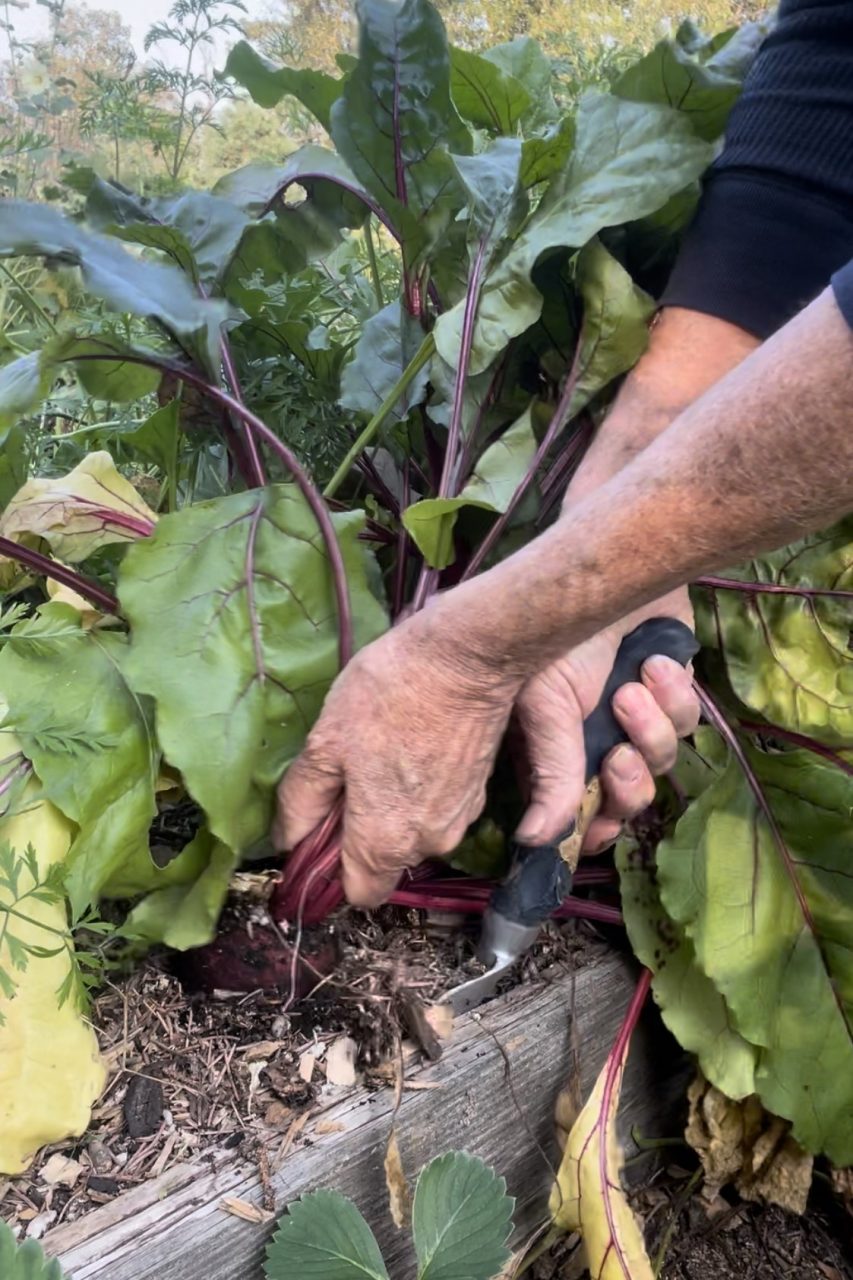
Beets mature in about 50-75 days and are ready to be harvested when they have reached a diameter of around 3-8 cm (1- 3″), depending on the variety.
You can gently brush away some soil around the top of the beet to check its size and shape.
To harvest beets, it’s best to use a garden fork or a spade.
Insert the tool into the soil a few inches away from the base of the beet, gently loosen the soil around the bottom of the plant, and lift it out of the ground.
Avoid pulling on the beet tops to harvest them, as they can break off if the soil isn’t loose.
Once the beets are out of the ground, gently remove any excess soil, being careful not to damage the skin.
Once the beets are out of the ground, gently remove any excess soil, being careful not to damage the skin.
Storing Beets

After harvesting, storing beets properly is important to maintain their freshness and flavour.
Start by removing the greens from the beets, leaving about 2.5 cm (1″) of the stem attached to the beet. This helps to prevent moisture loss during storage.
Place beets in a vented plastic bag and store them in a cool, dark, dry place such as a root cellar or a refrigerator at 3-5 C (37-41 F).
For long-term storage, consider preserving beets through pickling or canning. This allows you to enjoy their delicious taste throughout the year.
Culinary Uses for Beets

Beets are not only incredibly nutritious but they are also very versatile in the kitchen.
From salads to soups, side dishes to main courses, beets can be incorporated into a wide range of culinary preparations that will delight your taste buds and impress your guests.
One of the simplest and most popular ways to enjoy beets is by roasting them.
Simply toss them in olive oil, sprinkle with salt and pepper, and roast in the oven until tender. The result is a caramelized sweetness that brings out the natural flavours of the beet.
Try combining roasted beets with crumbled feta cheese, baby spinach, and a drizzle of balsamic vinaigrette for a refreshing and colourful salad.
The earthiness of the beets pairs perfectly with the tanginess of the cheese and the freshness of the greens.
Beets work well shredded raw in fresh salads.
If you’re in the mood for soup, beet soup, also known as borscht, is a classic choice. This Eastern European dish is a hearty and comforting blend of beets, cabbage, carrots, and potatoes, often served with a dollop of sour cream on top. It’s a flavorful and nutritious meal that will warm you up on a chilly day.
Enjoy the Benefits and Joys of Growing Beets
In conclusion, growing and enjoying beets can be a rewarding and fulfilling experience.
Throughout this guide, we have explored the numerous health benefits of beets, the various planting tips and techniques to help cultivate beets in your own garden, and ideas on how to make beets a delicious part of your meal as well as healthy.
So, why not embark on this beet-growing adventure? Whether you have a sprawling garden or a small balcony, there is always room to grow these versatile and nutrient-rich vegetables!
© Sharon Wallish Murphy, Gardening with Sharon










